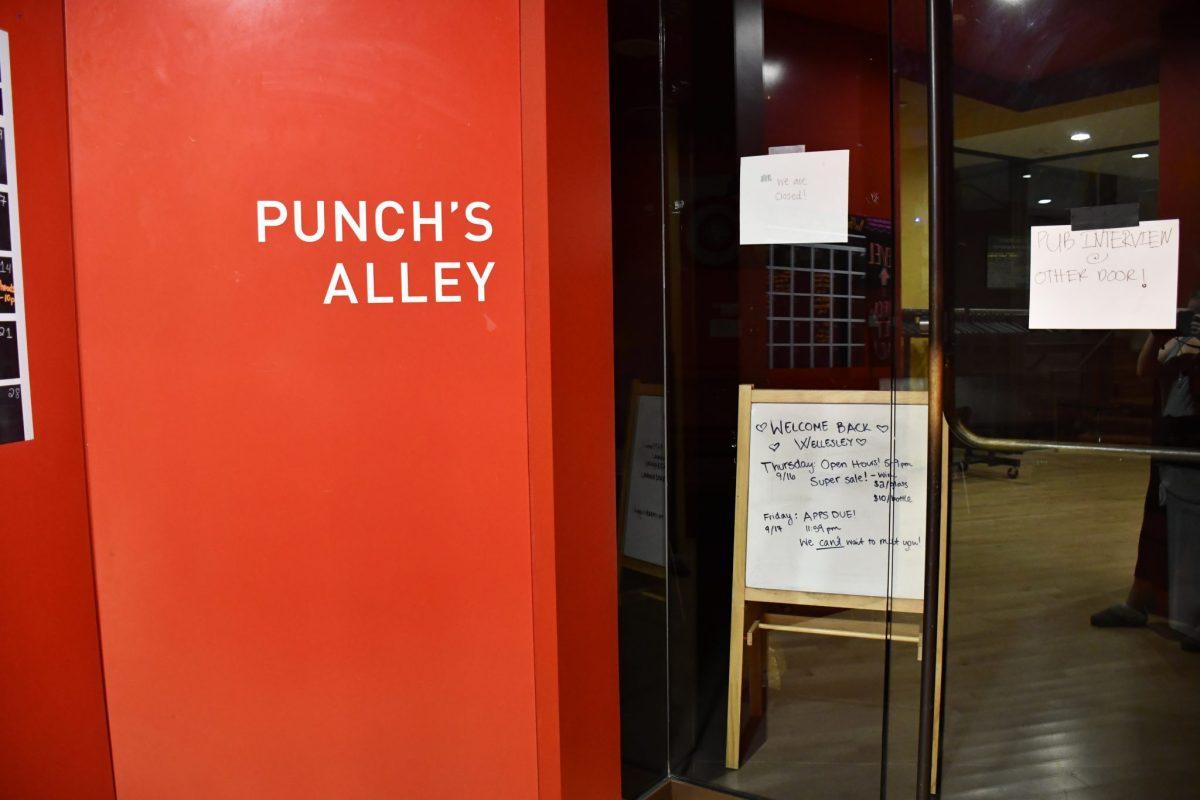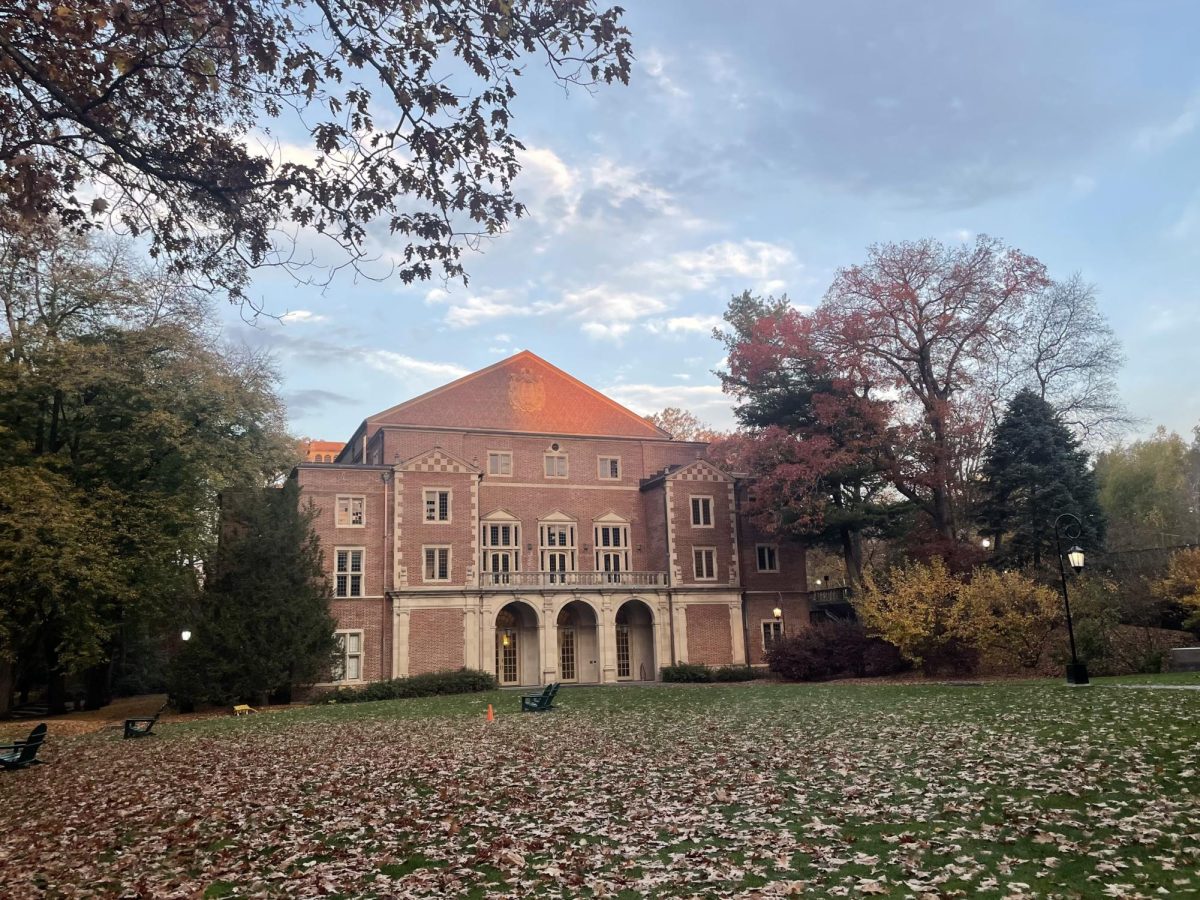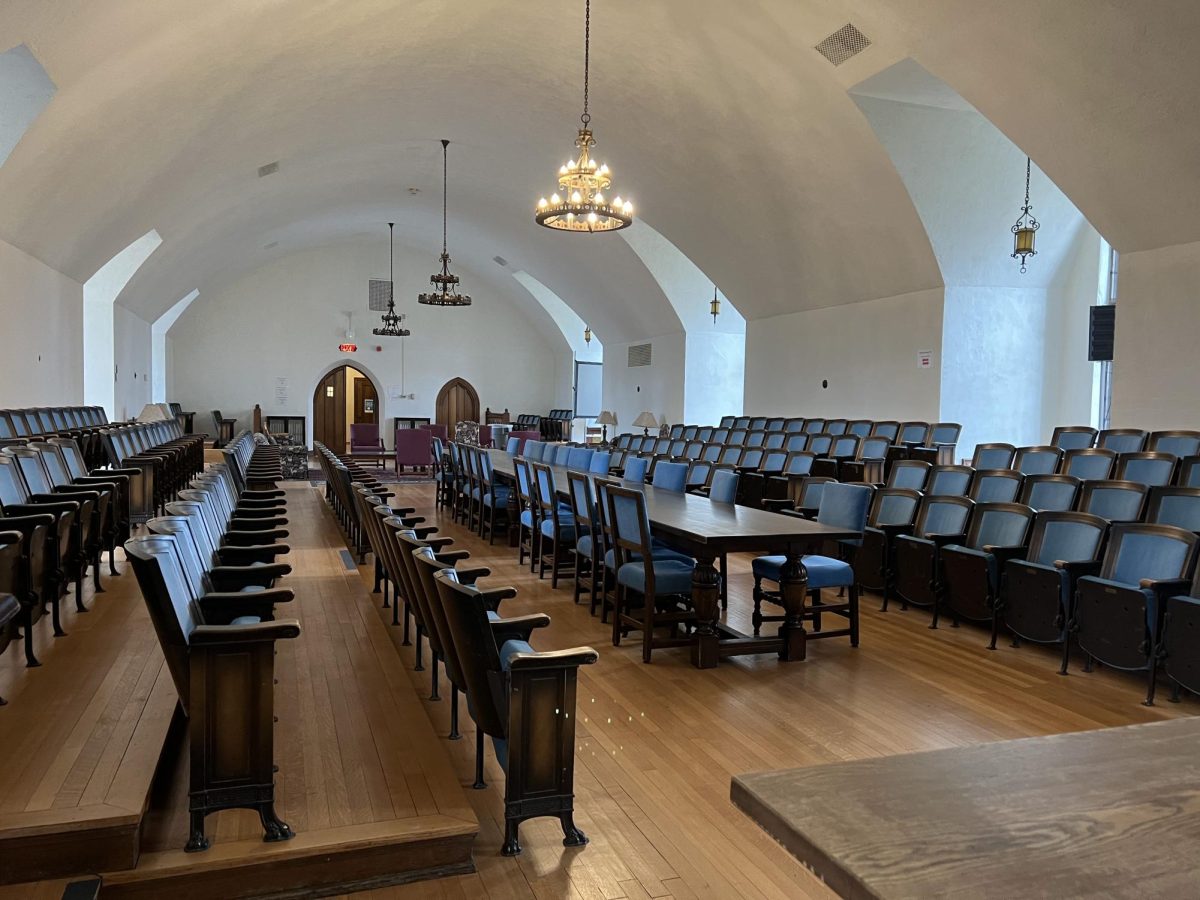As Spring Open Campus passes and the class of 2016 graduates, preparations are under way to welcome the incoming class of 2020. According to statistics released by the college, there were a record number of applicants for the class of 2020 — 4,888, while the admissions rate dropped to approximately 28%.
According to Grace Cheng, Director of Admissions, the surge in the number of applicants to Wellesley is “most likely from a combination of increased outreach to prospective students and their school counselors, and increasing our visibility in more locations through college fairs, school visits, and prospective student gatherings, which are in many cases hosted by enthusiastic alumnae who help put a face to the Wellesley name. This year’s applicants began receiving information from us as early as sophomore year, which may have given them more time to research Wellesley to get to know us better as a potential fit.”
Danielle Wells, Associate Director of Admissions, agreed with Cheng and noted an increase in alumnae outreach, but also added that “we have been lucky enough to have Hillary Clinton’s run and the exciting announcement of our new president, Dr. Johnson. Certainly, these could have potentially played a role in bringing more attention to Wellesley.”
This is also the first year that Wellesley accepted applications from transgender women. When asked about what she hopes what features the class of 2020 will embody, Jenna Sjogren ’18, one of two Student Orientation Coordinators for 2020 commented that choosing colleges, especially Wellesley, are very much a process of self-selection. “I have a sticky note stuck at eye-level on my desk with ‘What is Wellesley?’ written on it. It’s been there all year and I doubt I’ll find an answer anytime soon.”
Further statistics from the Wellesley website state that the average test scores of admitted classes have been increasing, and that 40% of admitted women from the class of 2019 identified as women of color, while 52% of the admitted body of the class of 2020 identified as students of color.
Wells noted this increase and also stated that the Office of Admissions has increased its efforts to attract students to the school with two “fly-in” programs: Discover Wellesley and Spring Open Campus. Both of these programs, Wells said, were able to bring in more students to experience Wellesley, thanks to a generous donation from an alumna. This donation allowed interested students that otherwise might not have been able to attend to attend these programs.
Cheng and Wells both agreed that the increase in applications are what is contributing to the shrinking admission rate, as Wellesley is not looking to increase its number of students.
Cheng said, “As the volume of applications increases and knowing that we can’t increase the size of the first-year class, it would not be surprising to see the acceptance rate fall by a little year to year. Each year, we have to make a prediction as to the relative number of students who will matriculate. At best, we hope it is a lucky guess to make sure the class is not overenrolled.”
Both Wells and Cheng stated that the college accepts both Common App and Questbridge applications, and that all applications are considered holistically. A student’s relationship to alumnae has no bearing on the application process. Potential student’s applications are discussed in front of a board that discusses every application regardless of their connections.
Sjogren also discussed her excitement for the coming year, stating “I suspect that each class shapes Wellesley, but not nearly as much as Wellesley shapes each student. […] I hope the Class of 2020 has an amazing orientation, and starts the academic year feeling just as if (if not even more) excited about Wellesley than when they arrived for orientation.”
Photo courtesy of Wellesley College






